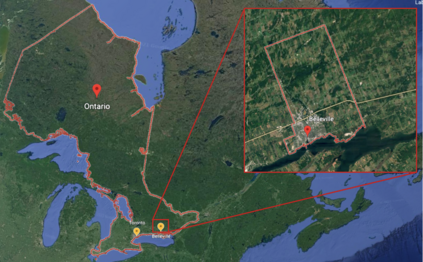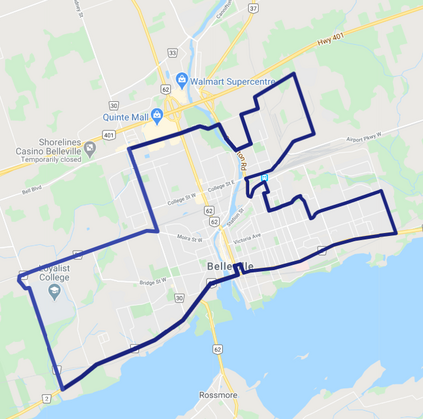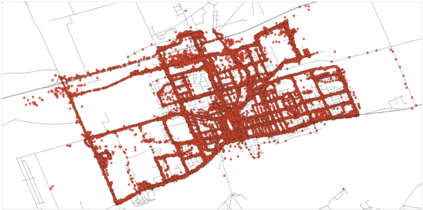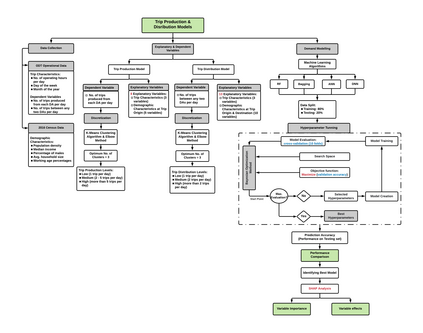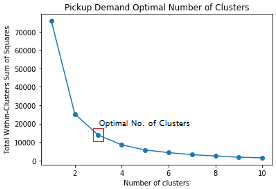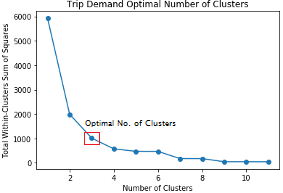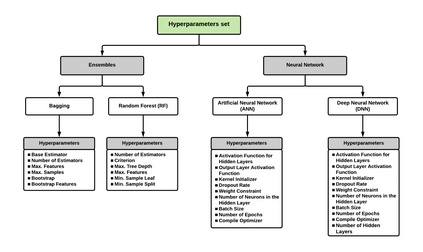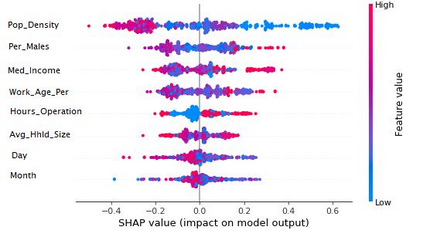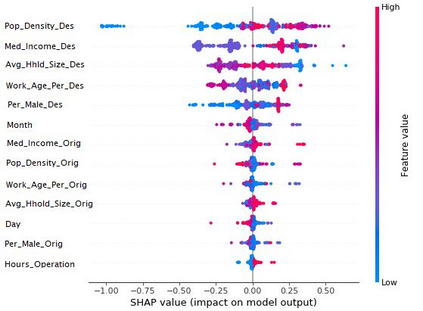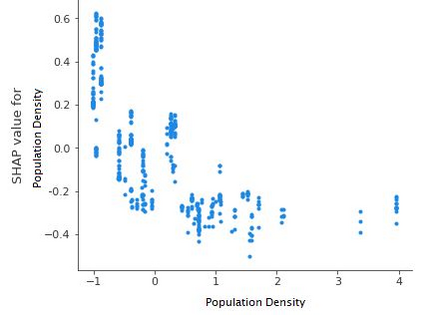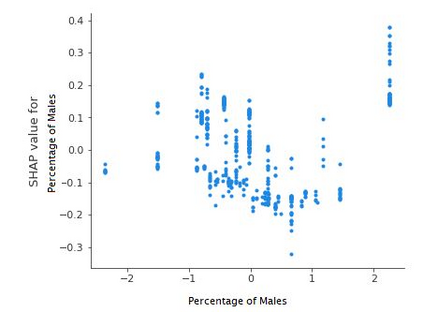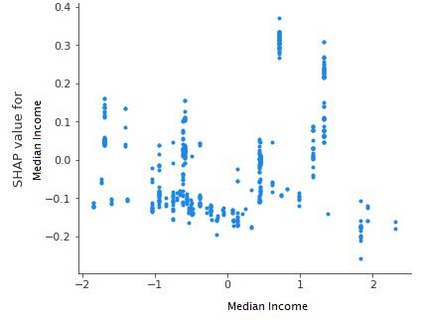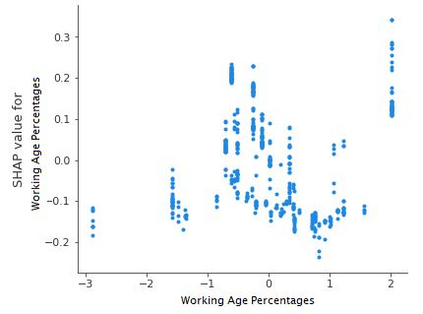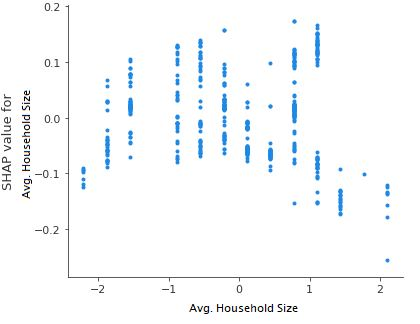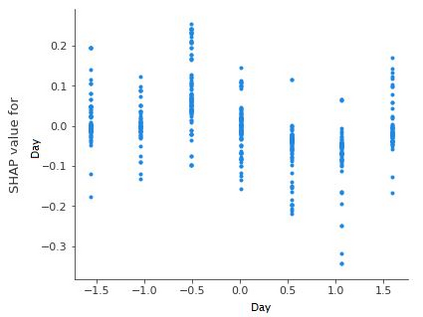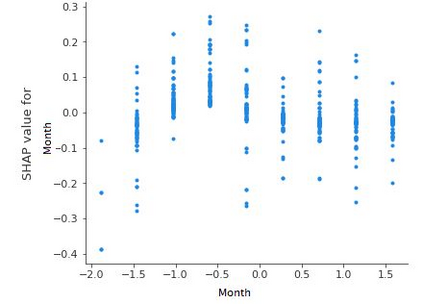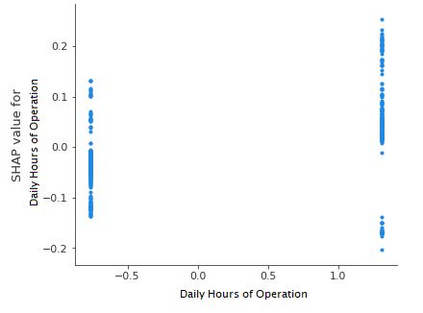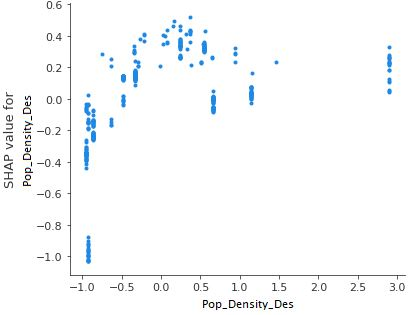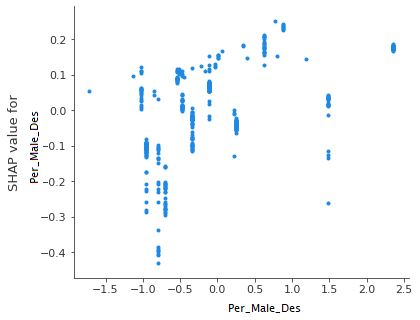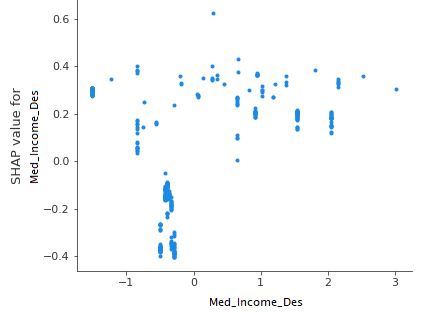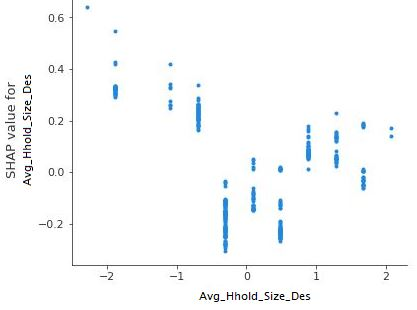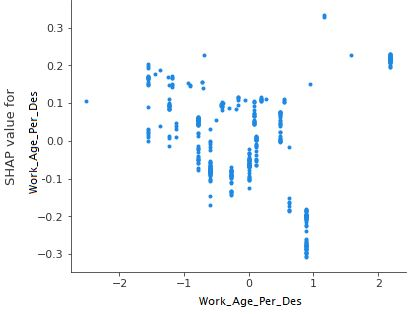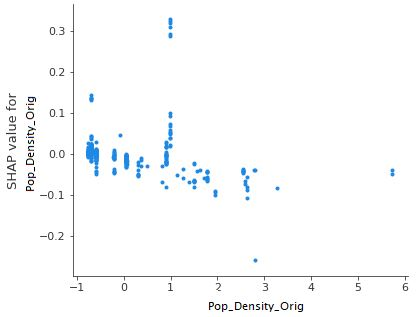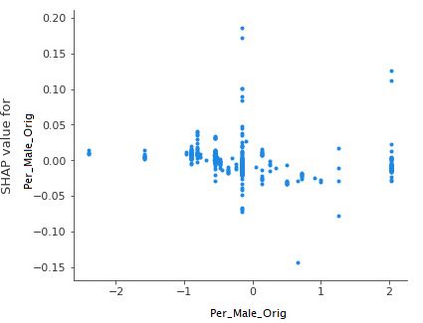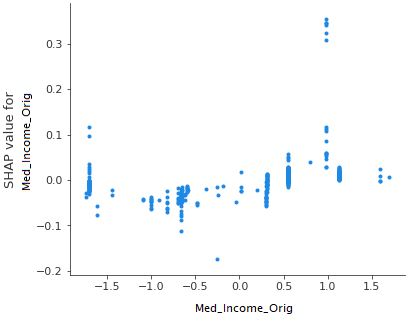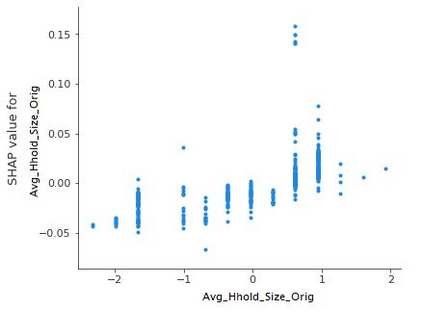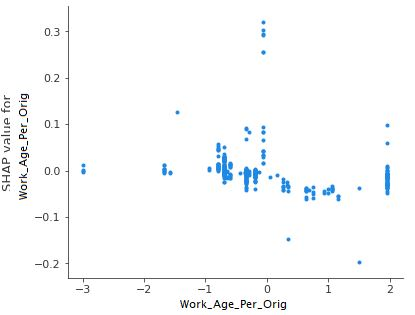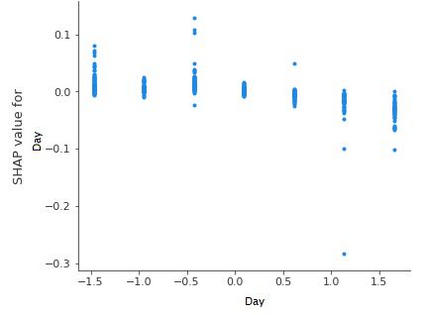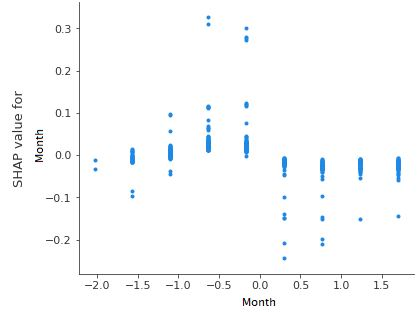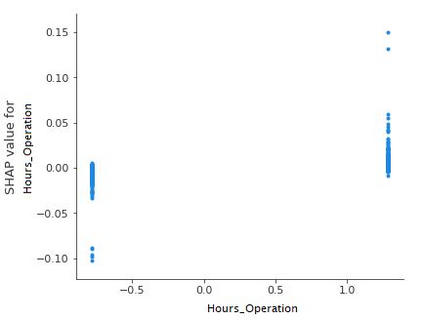In recent years, with the advancements in information and communication technology, different emerging on-demand shared mobility services have been introduced as innovative solutions in the low-density areas, including on-demand transit (ODT), mobility-on-demand (MOD) transit, and crowdsourced mobility services. However, due to their infancy, there is a strong need to understand and model the demand for these services. In this study, we developed trip production and distribution models for ODT services at Dissemination Areas (DA) level using four machine learning algorithms: Random Forest (RF), Bagging, Artificial Neural Network (ANN) and Deep Neural Network (DNN). The data used in the modelling process were acquired from Belleville's ODT operational data and 2016 census data. Bayesian optimalization approach was used to find the optimal architecture of the adopted algorithms. Moreover, post-hoc model analysis was employed to interpret the predictions and examine the importance of the explanatory variables. The results showed that the land-use type was the most important variable in the trip production model. On the other hand, the demographic characteristics of the trip destination were the most important variables in the trip distribution model. Moreover, the results revealed that higher trip distribution levels are expected between dissemination areas with commercial/industrial land-use type and dissemination areas with high-density residential land-use. Our findings suggest that the performance of ODT services can be further enhanced by (a) locating idle vehicles in the neighbourhoods with commercial/industrial land-use and (b) using the spatio-temporal demand models obtained in this work to continuously update the operating fleet size.
翻译:近年来,随着信息和通信技术的进步,在低密度地区引入了不同的按需共享流动服务,作为创新解决办法,在低密度地区引入了不同的按需共享流动服务,包括按需中转、按需中转和众源流动服务,然而,由于这些流动服务的初创性,非常需要理解和模拟对这些服务的需求;在这项研究中,我们利用四个机器学习算法,为传播区(DA)的ODT服务开发了旅行生产和分配模式:随机森林(RF)、拖车、人工神经网络(ANN)和深神经网络(DNN);建模过程中使用的数据来自Belleville的ODT业务数据和2016年人口普查数据;由于Bayesian优化方法的初衷,我们非常需要了解和模拟了对这些服务的需求;此外,我们采用了热后模型分析,以解释预测和审查解释变量的重要性;结果显示,在旅行生产模型中,土地利用类型是最重要的变数;另一方面,旅行目的地的人口统计特征显示,利用高额传播方式进行这一类高额分配。


